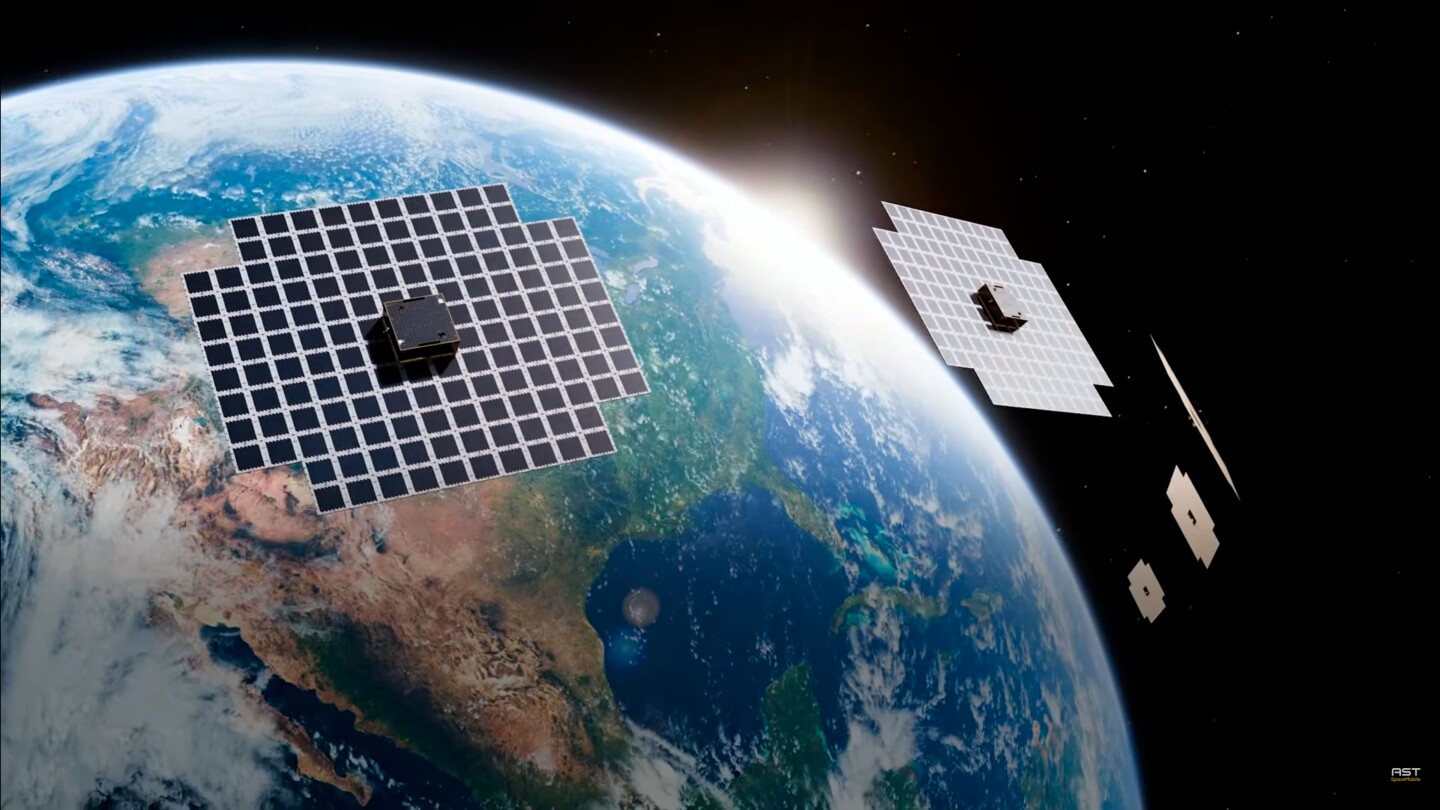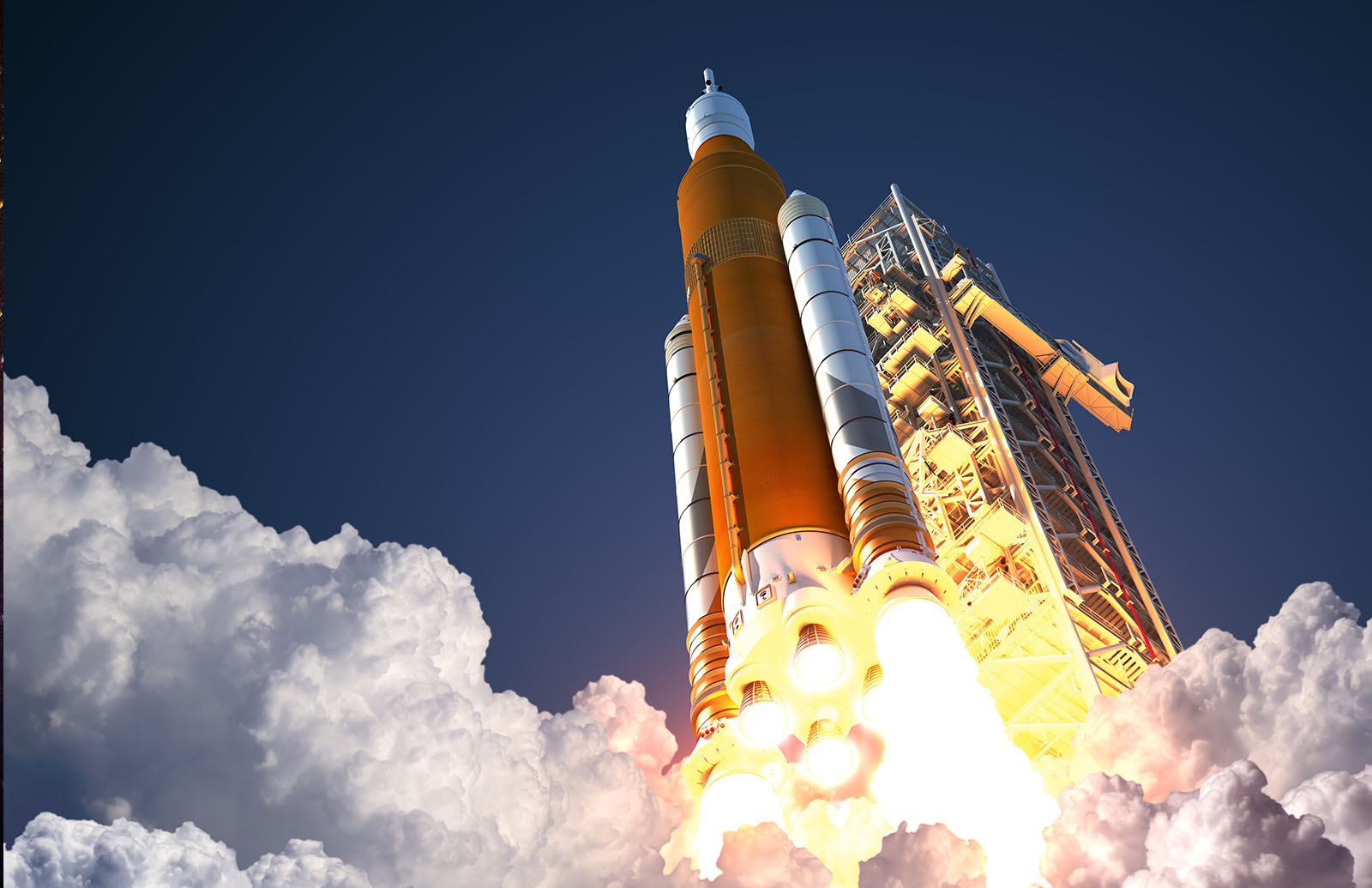Starlink isn’t the only American company trying to offer direct-to-cell satellite connectivity. AST SpaceMobile has been working at it for years. In fact, AST was the very first company in the world to “phone home” from space. Now it’s looking to provide 100% coverage of the US through a partnership with AT&T and Verizon before going global.
Founded in 2017, the Texas-based “extra-terrestrial” telecom company set out to build the very first and only space-based cellular network capable of connecting to any unmodified phone on Earth. It was five years later, in April of 2023, that AST made history with the first two-way phone call via space on a cell phone anyone can buy at the store.
AST was able to do it using a low-Earth-orbit satellite called Blue Walker 3 (BW3) that, perhaps ironically, hitched a ride into orbit aboard a SpaceX Falcon 9 rocket in September of 2022.
The historic phone call was placed from Midland, Texas – home of AST SpaceMobile – to Rakuten, Japan over AT&T’s spectrum on an unmodified Samsung Galaxy S22. To further validate compatibility, AST engineers successfully tested a variety of regular smartphones and devices that use SIM (subscriber identification module) cards and all were able to exchange network information directly with the BW3 satellite, bypassing terrestrial towers.
In September of 2023, a year after launch, AST was able to achieve a 14-Mbps data stream on the BW3 satellite. While that might not be the blazing speeds up to 1,000 Mbps that 5G cell service offers in perfect conditions, it’s enough to stream 1080p high-definition video.
Skip forward yet another year and in September of 2024, AST SpaceMobile launched an additional five satellites called BlueBird 1 through 5. The plan is to eventually establish a constellation of 168 satellites using the 40-MHz low-band frequency to achieve speeds up to 120 Mbps, putting it very much ahead of typical 4G speeds and even low-end 5G data rates – and about 150,000 times faster than China’s recent Tiantong sat-to-cell satellites.
AST SpaceMobile
AST SpaceMobile’s approach differs from Starlink as AST never intended to do anything but provide direct-to-cell service and has purpose-built its technology for that single goal. Starlink has been a data-focused connectivity service that requires specialized equipment to send and receive signals from space. Only recently has Starlink launched modified satellites that can handle direct-to-cell service.
Each of the current BlueBird satellites unfolded in space to roughly 700 sq ft (65 sq m), but AST intends to build its next-generation satellites three times larger with 10 times the data capacity.
Ninety-five percent of the AST manufacturing process, from production to assembly and testing is done in-house in the US.
The company has partnered with AT&T and Verizon in the US and Bell Canada, Rakuten, Vodaphone, and many others globally, potentially giving about 2.8 billion people around the world access to its satellite network as it grows. The plan is to eliminate dead spots where terrestrial cell towers can’t reach or simply don’t exist.

AST SpaceMobile
There are potential downsides to this type of technology. For those looking for an excuse for a digital disconnect, there will no longer be a reprieve without simply turning off your phone or leaving it behind while you disappear into a much-needed mental health break.
Once the BW3 had fully deployed its antennas, it reached a peak brightness of magnitude 0.4, making it every bit as bright as the brightest stars in the night sky, like Betelgeuse and Procyon.
However, the satellites may interfere with astronomy beyond than the obvious “too many objects flying around in space,” with potential negative impacts in places like the US National Radio Quiet Zone (NRQZ) in West Virginia, a 13,000-square-mile (33,670-sq-km) area that restricts radio transmissions entirely to protect the Green Bank Observatory radio telescope’s observations into the cosmos, or Australia’s Murchison Radio-astronomy Observatory.
Space trash is another concern. There are currently 34,000 pieces of debris in orbit being tracked. Adding hundreds or thousands more satellites into orbit poses collision risks. Efforts are being made to standardize the configuration of satellites to deorbit themselves once they’ve reached end-of-life, allowing them to harmlessly burn up in the atmosphere, but nothing has been formalized yet.
However, the idea of emergency services and civilians alike having the ability to stay in contact – regardless of how remote their location is – when faced with an emergency just might outweigh the cons.
Source: AST SpaceMobile







